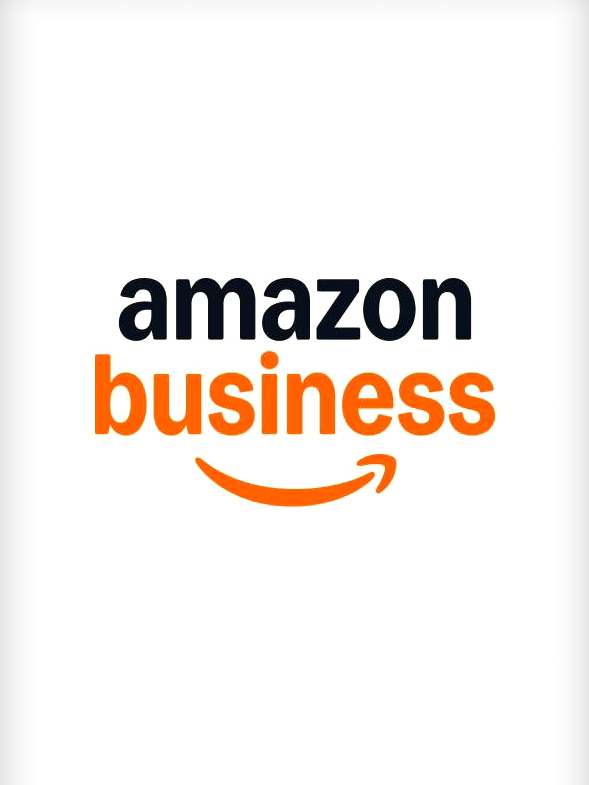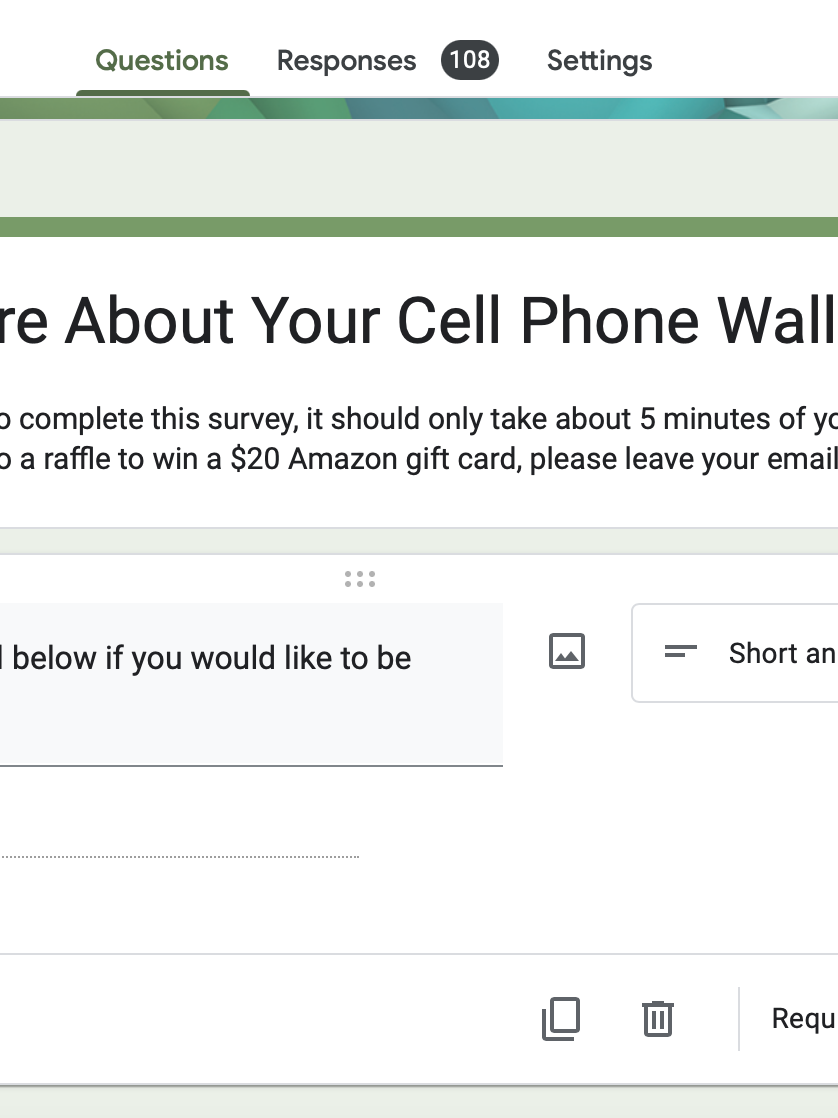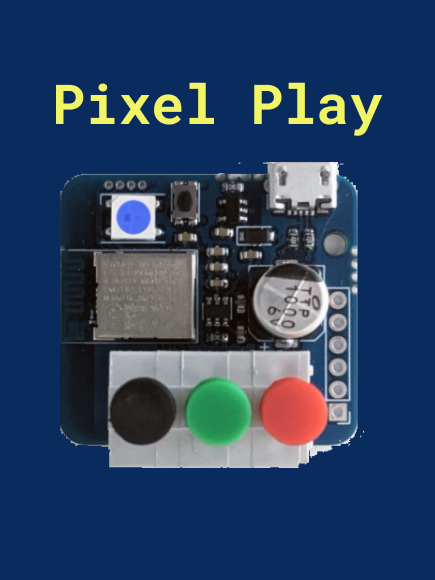This research was conducted in partnership with 3 classmates for my qualitative research methods class at UW as part of the Human Centered Design and Engineering MS program. My role during this project was to develop our research questions, recruit and schedule our participants, conduct interviews, and lead the analysis procedures.
Project Timeframe: 2 months, 2 phases
Background
Low-income students face challenges in getting internships because the process of obtaining one is not always clear. Some people don't know internships exist. Others know they exist, but are not sure what they need to do to get one. Our goals for this project were to first understand how a student's socioeconomic status is connected to their ability to get an internship, and secondly, learn what low-income students are doing to get internships.
Phase I : Netnography
How does a student’s socio-economic status affect their ability to obtain an internship in their desired field?
For Phase I, we conducted netnography because there is an abundance of threads and articles on this topic which allowed us to gain valuable insights from low-income students and alumni via their online comments.
We analyzed Reddit threads and comments in relevant NYT articles:
r/CSMajors subreddit: How university rankings impact internship opportunities for students in technology and computer science
r/latestagecapitalism: Broader economic factors influencing students' ability to secure internships and job prospects.
New York Times articles' comments: Link between educational inequality and internships. The comments section allowed us to view this perspective with mainstream discussions.
Through our analysis, we found that this is the general framework one can use to determine if they'll be able to obtain an internship.
During Phase I, we learned that students from low-Income students face numerous structural barriers when attempting to get an internship.
Financial barriers include things like university prestige and the ability to take an unpaid position. Social barriers include access to networks and previous internship experience.
Phase II : Semi-Structured Interviews
What are students of a lower socio-economic status doing to overcome the social and financial barriers identified in Phase I?
In Phase II we conducted interviews with 5 different college/graduate students who identified themselves as having low socio-economic status. These interviews were semi-structured to allow participant voices to shape our findings.
Through our interviews and analysis, we learned that students were not finding ways to overcome structural barriers, but instead finding ways to cope.
Students faced internal struggles such as imposter syndrome, self-disqualification, and altering of desires.
“Every year I was always too scared to go to the career fair. Like I always felt like, Oh, I'm not ready to get an internship” - Participant 2
“Even though I did good in high school, I thought I was not smart enough to do computer science. I thought, that's not for me.” - Participant 4
Students also attempted to cope externally through community, insider information, and choosing routes that didn't require networks.
"This is a, a good way to make money, money, money without, You know, having to really know a lot of people and be leveraging your network and yadda yadda yadda.” - Participant 3
"You hear people like, Oh, I got this thing. Oh, I got this thing. But it feels so mysterious. It's like, did you just cold apply? Where did that come from? The amount of people that like, when it comes to your peers, it always felt like What, what are they doing differently than me?” - Participant 2
Conclusions
Diversity of experience produces diversity in creativity, leading to innovation and improvement.
Giving opportunities to the same kinds of people results in everyone having the same kinds of ideas.
Companies end up losing out on talented individuals who can bring new ideas when the selection process is limited.
By casting a wider net when selecting candidates, we can solve important problems in new and innovative ways.
Prospective Impact
If this research were conducted for a client or company, I would measure the impact through changes implemented in the candidate selection process and % increase of diverse candidates hired over time.
I would also like to measure changes in creativity at the company after implementing these changes.



